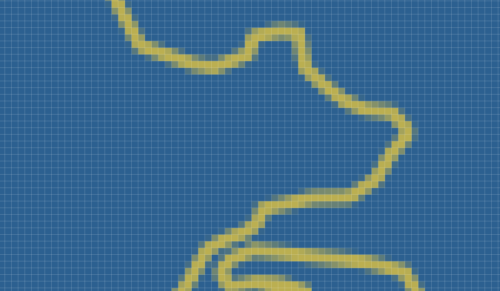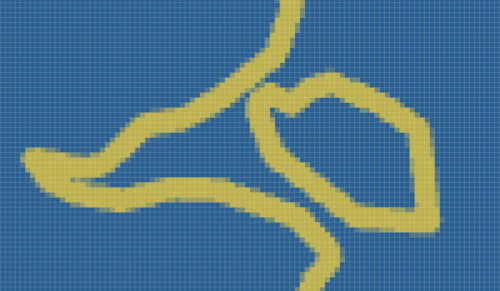Studio Missive #5
Happy Friday! Here’s the weekly bits and bobs floating around my studio.
What’s inspiring you?
- I really like the rationale presented in Google’s introduction to Material 3 Expressive. Their studies focus on usability and how long it takes for people to recognize the controls on screen. Also, a lot of their examples are just visually interesting. (Sounds like the opposite of Apple’s Liquid Glass, which has serious legibility and visibility problems.) They wrote a great blog post digging into their research as well. The expensive research these large companies share is helpful and there’s a lot to learn for designing my own interfaces.
- Ahmad Shadeed wrote a banger of a post explaining how he would improve the design of time.com’s hero section. The level of detail is next level.
- PRS, the guitar company, is uploading a series of videos on YouTube called “Rules of Tone.” This series is totally my jam. First, Paul Reed Smith (the company’s namesake and founder) hosts all the videos. He’s opinionated and forward-thinking, kind of like the Steve Jobs of the guitar world. (Similarly, he makes a lot of people angry.) But that’s what makes watching him speak so interesting. The latest video in the series explores the magic of pickups, and it’s crazy to see how they measure, analyze, and quantify the sort of sounds they are interested in creating. At the intersection of science and art, I think we often find ways to push humanity forward. (Although they “just” make guitars, so take that for what you will.)
- Cal Newport asks a question in The New Yorker: what if AI doesn’t get much better than this? I have asked my friends this question for nearly two years. It seems illogical to me that simply adding more GPU power to a glorified Scrabble machine will result in AGI. Every time I explain this to my friends, they give me a look that suggests the laws of physics and computing will eventually break, the era of machines will be upon us, and I will be forever known as an imbecile. (To which I usually ask: why would anybody want or attempt to build that? And I am shocked to find out I’m the only one who thinks it might be a bad idea.) One of the friends I often have this conversation with is now the head of AI at a massive national company, which has made the conversation doubly awkward, especially because I remain correct. Cal Newport is smarter than I am, and reading his similar take on the situation gives me vindication.
- The colours of the world, as seen from the International Space Station. Truly breathtaking images that remind me of our stature in the grand scheme of the universe.
What are you working on?
This week, I published Scaling SVGs without scaling their strokes (2025 edition). In 2023, I wanted to use SVGs — essentially code-based vector images — in a client project. I wanted the SVGs to grow in width and height as the viewport expanded, but I wanted the strokes to stay the same width. There is a CSS spec for this, but I quickly found out the technology was broken.

The SVGs I want to use are on either side of the hero text.
The situation has changed today, but it’s not perfect. In re-evaluating the technology for this project, I went down a rabbit hole across different browsers and across different zoom levels in Photoshop.
Essentially, I grabbed screenshots of the same maps you see in the first image above, and zoomed in to 1200%. Then investigated my findings.

SVG line art in Safari. The viewport is roughly four times the size of the viewbox.

SVG line art in Google Chrome. The viewport is roughly three and a half times the size of the viewbox.
As you can see above (and read about in my post), this issue is still not resolved. But I cannot stress enough how much better this is than it was two years ago. Browsers keep getting better, even if they don’t always work as identically as they should.
Next week, I hope I can share a new client launch with you. (And I’m really hoping it goes well.) This project has been under wraps for a long time, and I’m excited to finally unveil it — but also anxious. Wish me luck!
Until next time,
Nathan